Full Guide To Celestite vs. Blue Calcite (This Is The Difference)

These blue stones are a must-have in your beginner crystal collection. Though they look very similar at a glance, they both have unique looks and (metaphysical)properties. If you are not quite sure which stone you have, this is how you can determine the difference:
The easiest way to determine the difference is to look at the opacity. Celestite is translucent or transparent, whereas blue calcite is opaque. Apart from their looks, they each have different metaphysical properties.
Want to know more about the differences? Continue reading!
Also Read: Celestite vs. Angelite – What’s The Difference?
Want more help or information? If you have any more questions after reading this blog post or want a personal answer for your specific situation, join the free Facebook group! We promise you’ll get an answer from either our team members or a community member.
How to Distinguish a Celestite from a Blue Calcite Stone?
Apart from looking at its appearance, which we will get into a little later, there are a few tests you can do to determine which stone you have. Please be careful when doing the acid or flame tests, and only do them in a controlled and safe environment. Ideally, find a professional to help you.
- Weight: A Celestite stone is 1.5 times heavier than a blue calcite stone.
- An acid test: A drop of muriatic acid will not affect the celestite stone but will generate bubbles on the blue calcite stone. Beware, an acid test might destroy the polishing of the stone.
- A flame test: Scrape some dust from the celestite stone and expose it to a flame. Celestite is highly flammable, and it produces a red flame.
Color
Celestite has a pale, blue sky appearance color and is even white or colorless at times. Celestite may also have yellow, green, or red tints. Raw blue calcite has a soft blue and dreamy color.
Shape
There is a significant difference in the shapes these stones can be bought in. In fact, it is one of the distinguishing features between the two blue stones.
Most celestite in the market will be geodes or spheres. It is pretty rare to find celestite stones made into shapes.
On the other hand, blue calcite can be found in a variety of shapes, such as big blue towers, tumbled stones, or palm stones.
Pattern and Clarity
Celestite has noticeable white streaks, vitreous luster, and a soft magnetic glow. These stones vary in clarity from translucent to transparent. Blue calcites have a more waxy appearance and are completely opaque. There also have visible white banding formations. Lemurian blue calcite appears with banding in a rainbow of colors.


Chemical Composition
The two blue stones differ in chemical composition. Celestite belongs to the barite group of minerals and consists of sulfate strontium, while blue calcite belongs to a family of calcites and consists of calcium carbonates.
Location
Celestite geodes are primarily found in Madagascar. Celestite deposits are also found in Mexico, Peru, and Lake Erie. Most of the blue calcite stones come from Mexico, and the Caribbean blue calcite variety is found in Pakistan.
Hardness
Both celestite and blue calcite are soft stones, rating between 3- and 3.5 on the Mohs scale. This means they can easily scratch and are susceptible to breakages. Crystals below five on the scale require specific care for being fragile stones.
Care
Softer stones below 5 on the Mohs scale should not come into contact with water because it can damage the stone’s surface. If you need to clean them, use a soft cloth to wipe over the stone. If necessary, you can dampen this cloth but never soak your celestite or calcite.
To energetically cleanse these more fragile stones, using some form of smoke or sound cleansing is the most effective cleaning method. You could also use geodes and self-cleansing crystals like amethyst or selenite to cleanse these stones.
If you want to recharge your stones, the best option is to use celestial energy. Let the stone sit under full moonlight overnight to absorb healing and intuitive abilities, or leave it in the sunlight for an hour to absorb life-affirming energies.


Celestite Vs. Blue Calcite – Properties
Apart from their beautiful looks, celestite and blue calcite are both used in spiritual practices. Though they look similar, there are some differences in usage, which you’ll find below.
Physical Healing Properties
Celestite is said to detoxify the body, prevent and clear acne breakouts, and help digestion and stress-related disorders.
Blue calcite helps balance blood pressure, heartbeats, and the immune system. Blue calcite is also a great alternative to acupuncturing for body pains and aches as we grow older.
As always, beware that crystals and gemstones are never a replacement for medical care. If you are experiencing uses, visit a doctor.
Metaphysical properties
Celestite symbolizes good luck and holiness, while blue calcite represents positive energies and serenity. Both stones hold unique spiritual meanings and psychic abilities.
Celestite has a unique ability to ground and balance the energies within or around you. They create harmony between these energies and steer the heart and mind towards productivity and growth.
Celestite also fosters spiritual development and mental clarity. A celestite can unlock hidden powers and psychic abilities.
Finally, a celestite aids lucid dreams and connects you to higher frequencies. Meditating with these stones will enable you to understand messages from the universe and help guide you through life’s journey.
Blue calcite, on the other hand, will:
- Transform negative energies to more positive ones.
- Protect its wearer from negative intentions and losses of property or in business.
- Encourage optimism and focus on more meaningful things.
- Aid communication and receive messages from the spiritual realm and deceased relatives.
Chakra Association
The body’s seven chakras, crown, third eye, throat, sacral, solar plexus, heart, and root, are represented by a specific color. Celestite and blue calcite stones are assigned to the throat chakra as they are both blue. This throat chakra is related to communication and expression and helps us speak our minds. It also helps ease the mind when you feel overwhelmed or angered and fosters meaningful dialogues.
Both celestite and blue calcite are also used to activate the crown and third eye chakra for the potent psychic abilities they are believed to possess. These stones increase intuition and visualization within these chakras.
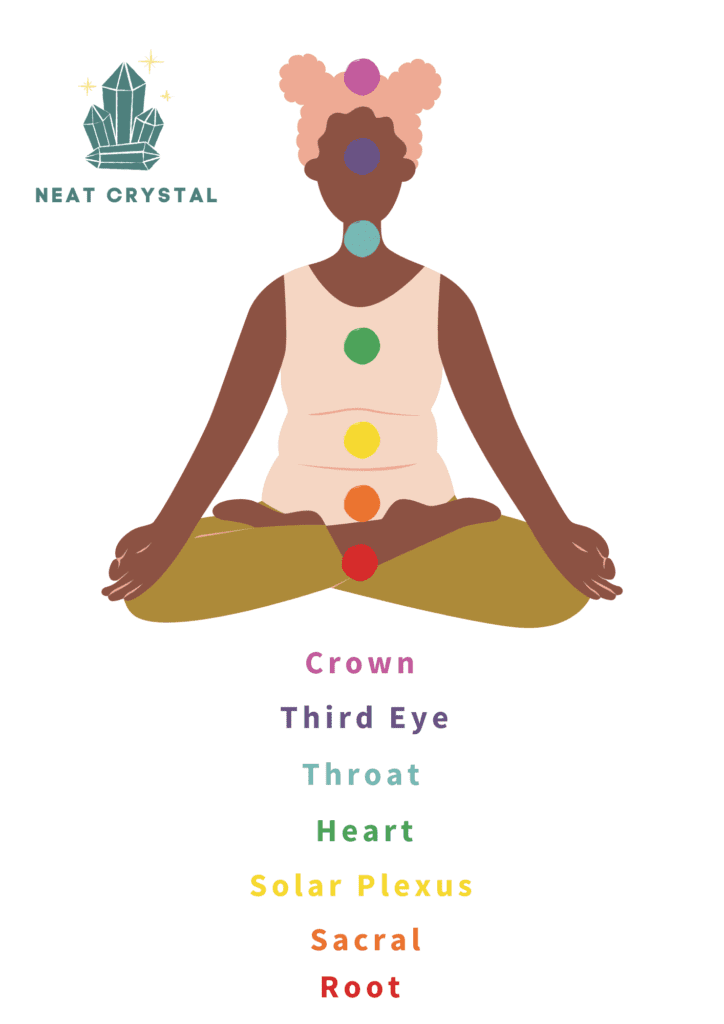
Element
Crystals all correspond to an element of nature, which is directly related to our needs. There are four/five depending on the region. We generally use four elements in the West: air, water, fire, and earth. In the East, they add a fifth: akasha. This represents the foundation of the other elements.
Celestite and blue calcite both correspond to the air element. The air element represents mental power as well as improved communication and memory. Air crystals are also linked to the heart and throat chakra for better expression and communication.
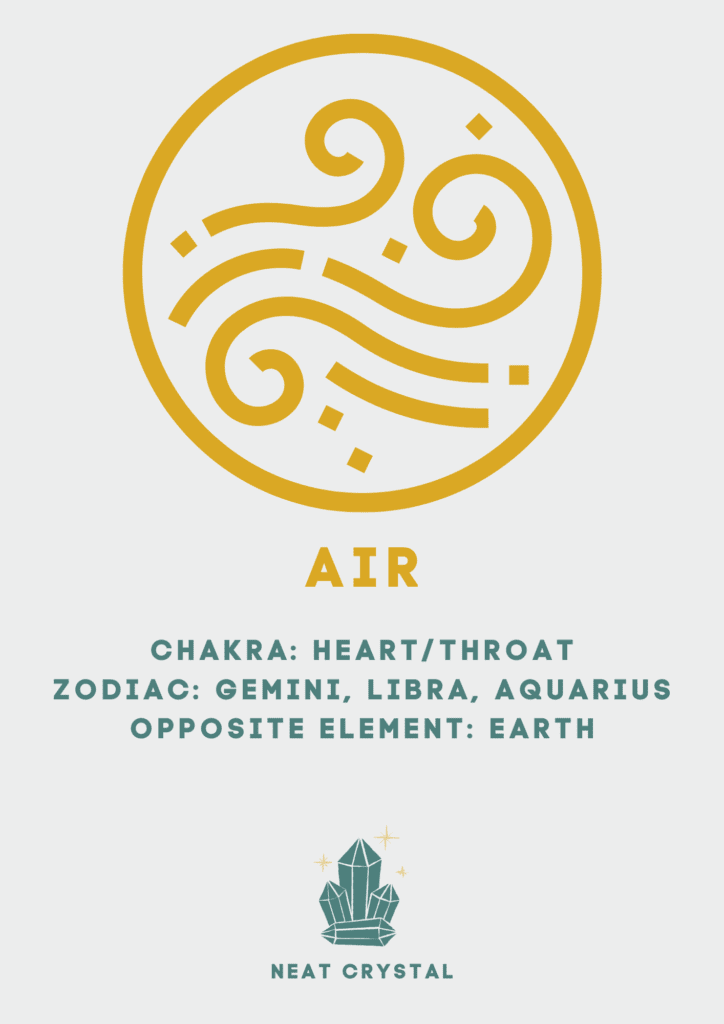
Air crystals will boost focus, creativity, and productivity for extended periods. They are also good stones for students or to carry with you to the office.
Ruling Planets
All crystals are ruled by a planet. This means that this planet has more power over the stone than the other planets.
Venus rules both celestite and blue calcite. Celestite also has the additional ruler of Neptune, whereas Mercury also rules blue calcite. Venus represents friendships, love, and compassion, while Neptune is symbolic of the god of the sea and is the planet of intuition and divine realms. Mercury represents communication.
Zodiac Signs and Birth Stone
Neither blue calcite nor celestite are birthstones. This, however, does not mean they are not connected to any zodiac signs. As mentioned, both stones are ruled by Venus, which also governs the zodiac signs of Libra and Taurus. Celestite’s additional ruler Neptune also rules Pisces, and blue calcite’s additional ruler Mercury also ruled Gemini and Virgo. Working with stones connected with your zodiac signs helps you work on the challenges of your signs and provides you with a comforting, familiar energy.





Numerology
Numerology refers to the study of energies emitted by stones. Both crystals vibrate at the frequency of eight. People associated with eight are known to be change-oriented and have strong personalities. The people under frequency eight are outstanding managers and planners.
Celestite also vibrates at a frequency of two. People under this frequency are nurturing and are dedicated to serving others. Their careers are generally geared towards care and sensitivity towards other people’s needs and feelings.
Best Combinations
Celestite is an excellent link to the divine and archangels Michael, Gabriel, and Haniel. These stones can be combined with other stones for guidance from guardian angels:
- Labradorite combined with celestite rejuvenates the spirit and links you to the spirit world.
- To dispel negative energies, celestite combined with clear quartz will work best.
- Moonstone and celestite are a powerful combination in clearing the heart, crown, and third eye chakras and nourishing the spirit.
Blue Calcite can also be combined with other stones to fortify their properties:
- A shiny black stone like obsidian can be used with blue calcite stones to dispel negative energies.
- Phenacite is used with blue calcite to clear blocked energies within the third eye chakra and align you to the divine.
- Moldavite and blue calcite are powerful protection against harm or unfortunate circumstances like theft or losses in business.
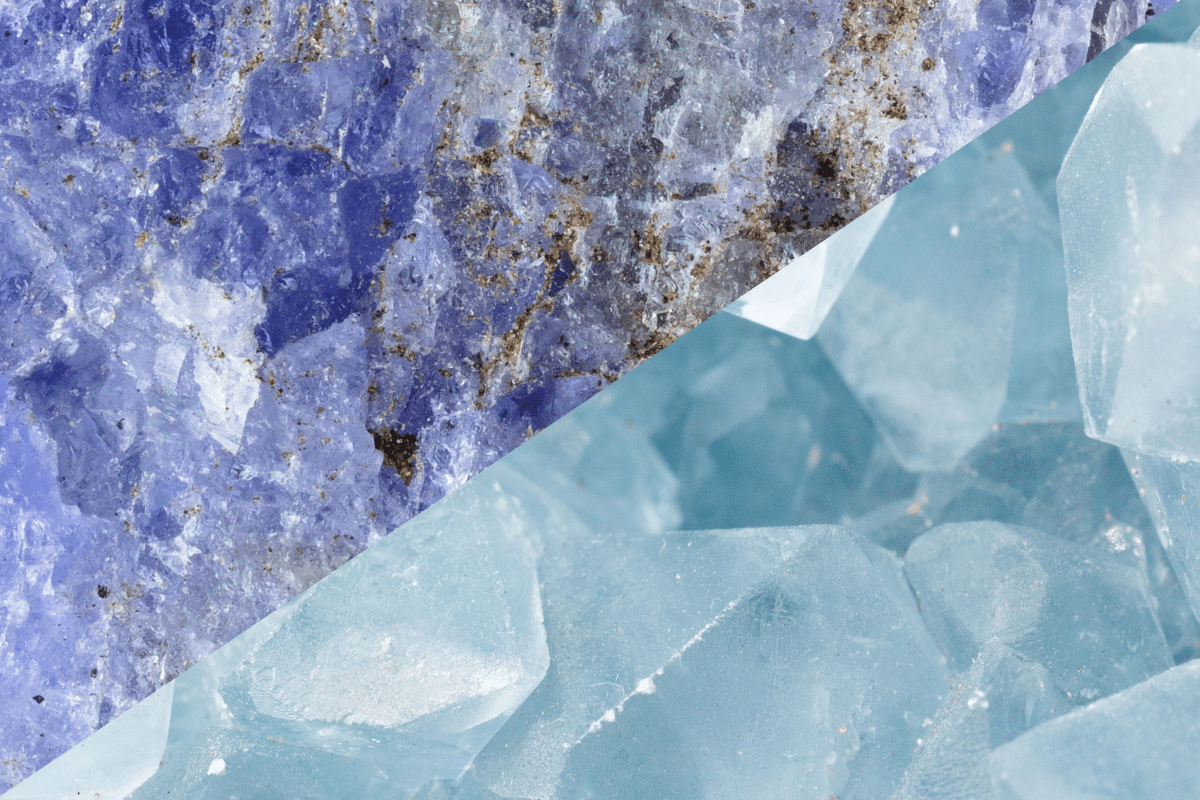

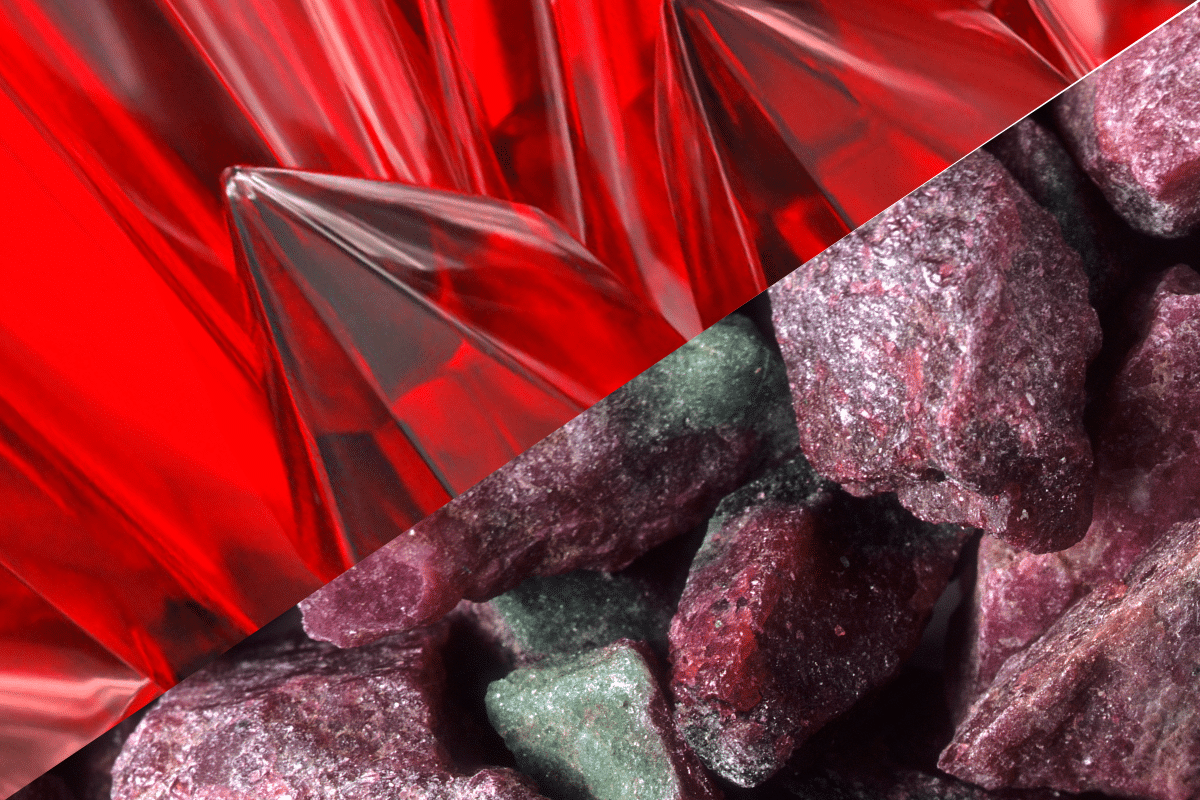
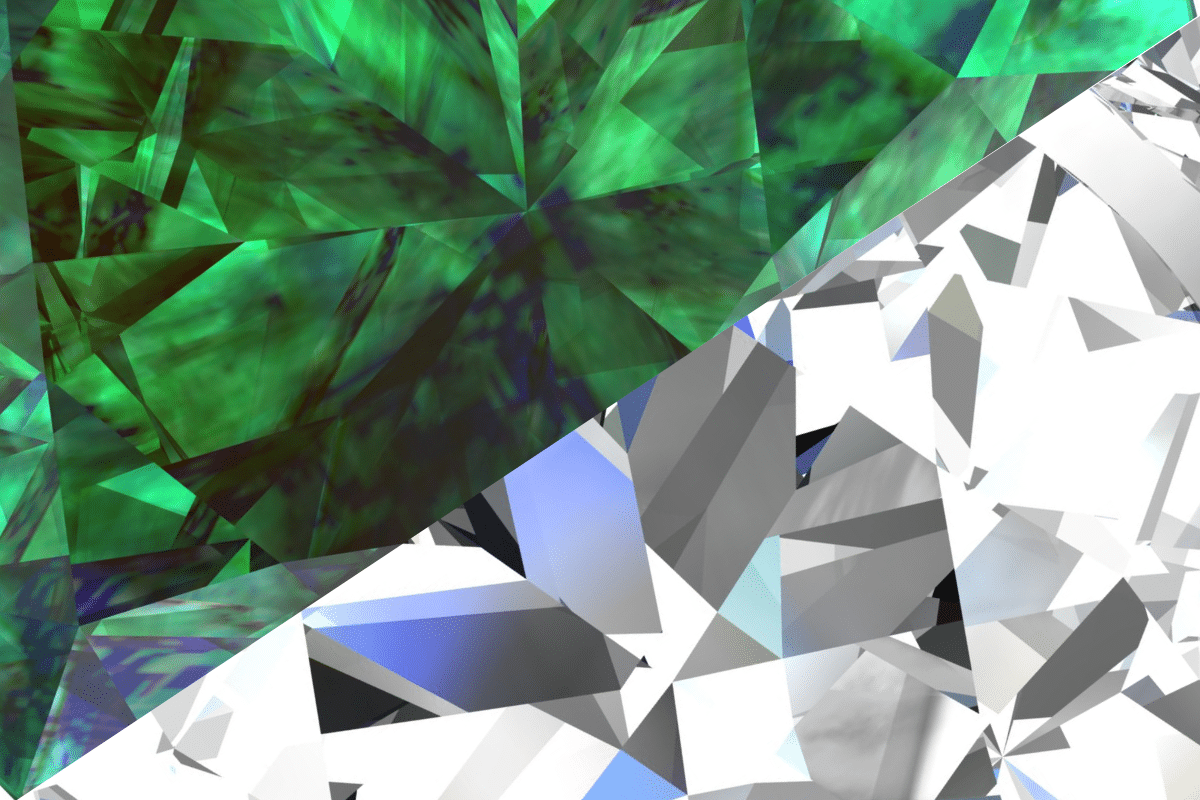
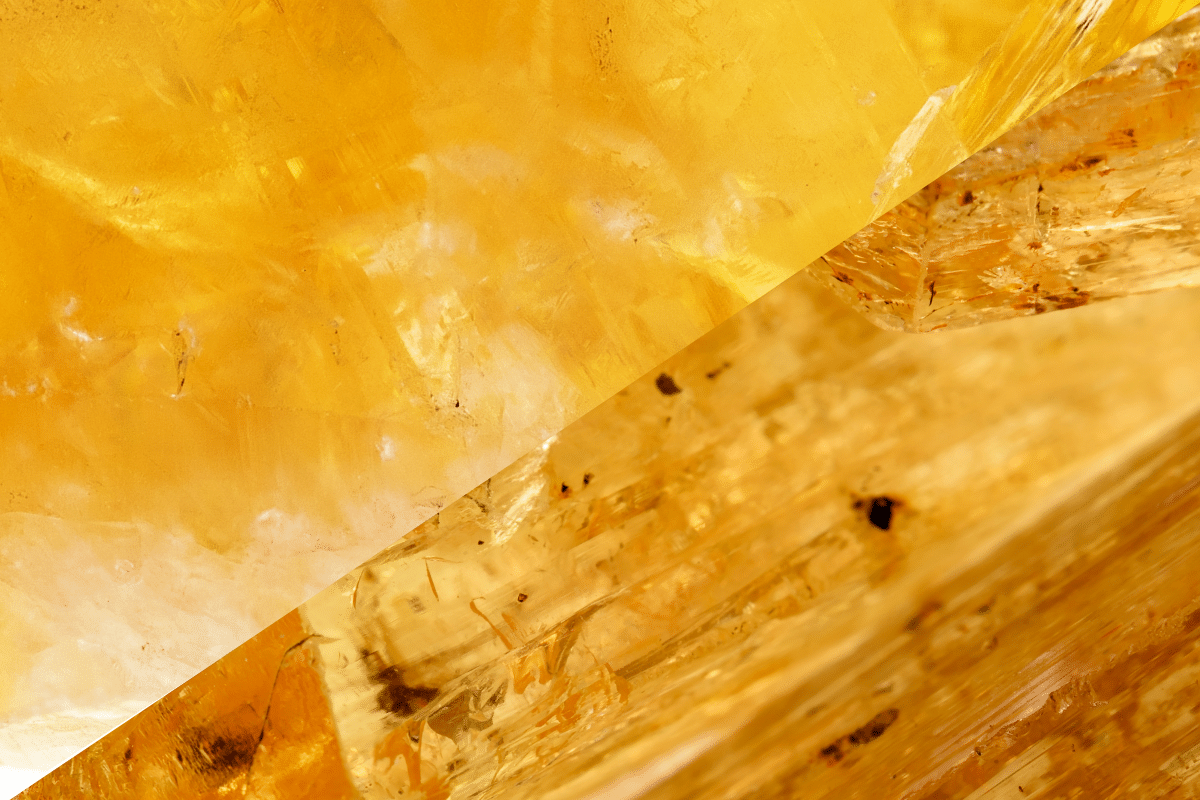
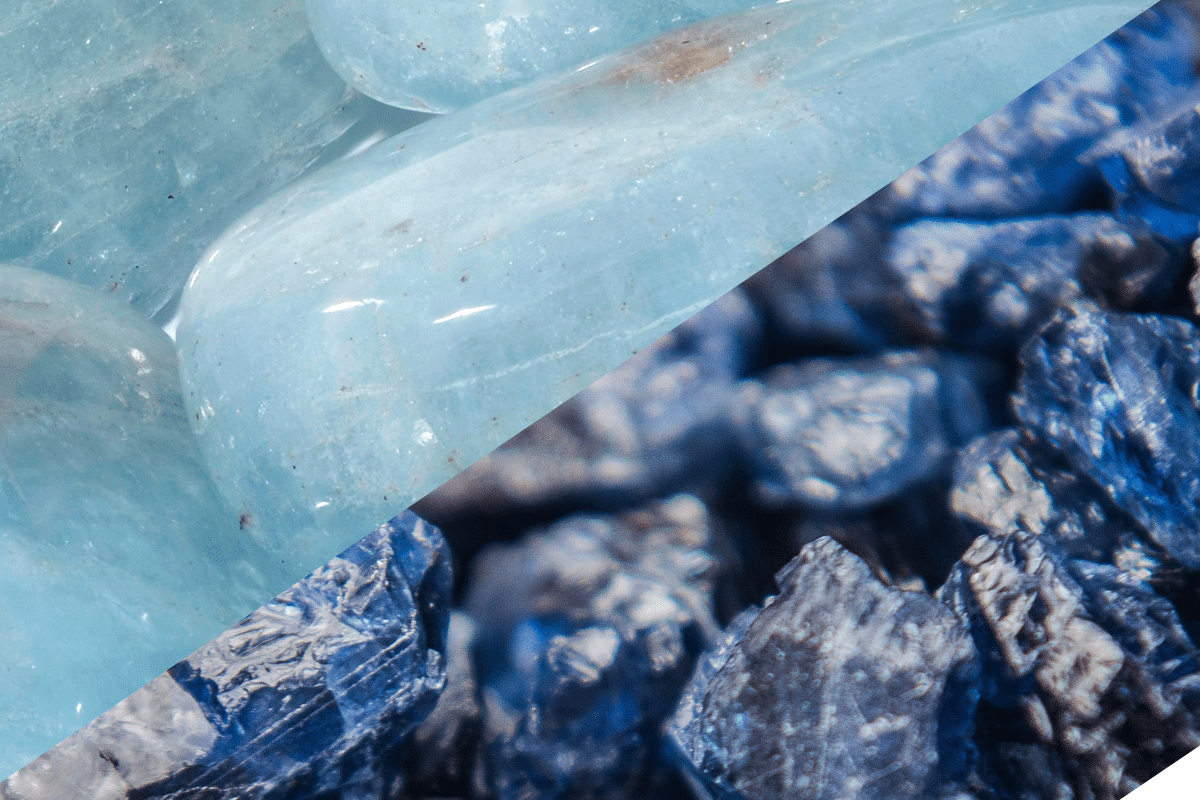

14 Comments